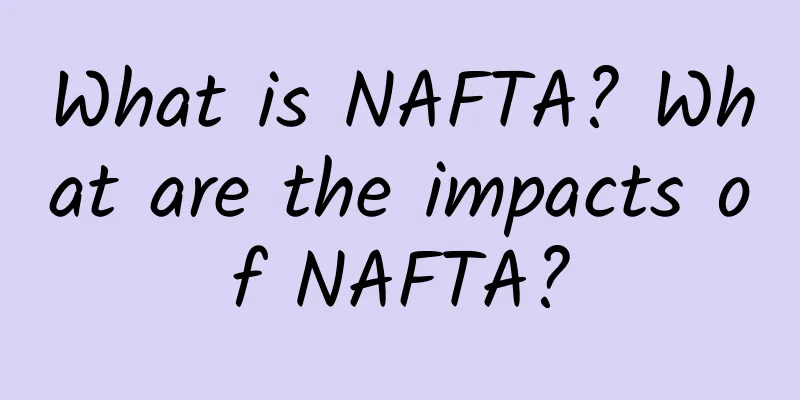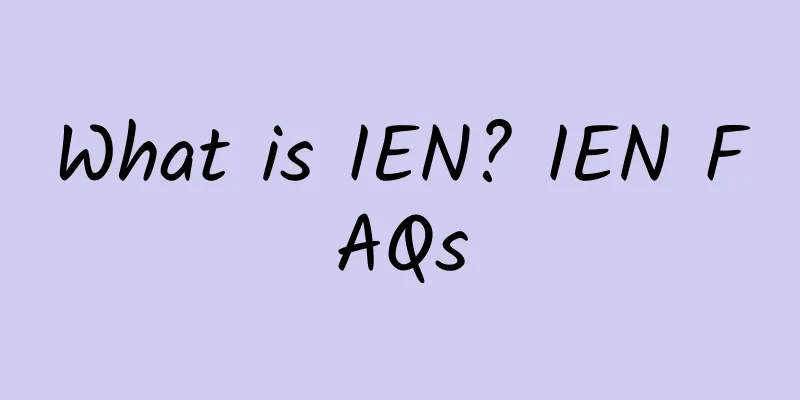What is NAFTA? What are the impacts of NAFTA?

|
What is NAFTA? The North American Free Trade Agreement (NAFTA) is a comprehensive trade agreement between the United States, Canada and Mexico signed on August 12, 1992. The agreement, which consists of the United States, Canada and Mexico, officially came into effect on January 1, 1994 after several years of negotiations. The North American Free Trade Area has a population of 360 million, a GDP of approximately US$6.45 trillion, and an annual trade volume of US$1.37 trillion. Its economic strength and market size exceeded those of the European Union, making it the largest regional economic integration organization in the world at that time. What is in the North American Free Trade Agreement? NAFTA is an international agreement, very similar to a treaty, and in U.S. law it is classified as a Congressional-Executive Agreement. The first article of the North American Free Trade Agreement clearly states that Mexico, Canada, and the United States formally establish a free trade zone based on the basic principles of the General Agreement on Tariffs and Trade. Its purpose is to eliminate trade barriers, create conditions for fair competition, increase investment opportunities, provide appropriate protection for intellectual property rights, establish effective procedures for implementing agreements and resolving disputes, and promote trilateral, regional, and multilateral cooperation. The three member countries must abide by the principles and rules stipulated in the agreement, such as national treatment, most-favored-nation treatment, and procedural transparency, to achieve its purpose and eliminate trade barriers. In terms of rights, goods can be circulated among countries within the free trade zone with tariff reductions or exemptions, but for countries outside the trade zone, the original tariffs and barriers will still be maintained. What impact has the North American Free Trade Agreement had? 1. Agriculture has been a controversial issue since the initial negotiations of NAFTA, and any free trade agreement signed under the WTO framework has raised similar issues. Agriculture is the only part that was not signed through trilateral negotiations, but was signed through three separate agreements through bilateral negotiations. The agreement between Canada and the United States includes restrictions and tariff quotas on agricultural products, mainly sugar, dairy products, and poultry; the agreement between Mexico and the United States allows for trade liberalization in stages. 2. The overall effect of the US-Mexico Agreement on Agriculture is controversial. Mexico does not have the infrastructure investment required for competitiveness, such as a complete railway and road transportation system, which has put the country's poor people in a more difficult environment. However, some believe that the cause of rural poverty cannot be attributed to NAFTA. In fact, Mexico's agricultural exports increased by an average of 9.4 percentage points per year from 1994 to 2001, while imports only increased by 6.9 percent. 3. Although Mexico's corn production has increased after the implementation of NATFA, the country's domestic demand for corn exceeds the supply, making imports urgent and far exceeding the agricultural quotas initially negotiated by Mexico. Zahniser and Coyle pointed out that Mexico's corn prices, affected by international prices, have dropped dramatically. However, due to the subsidy policy of former President Vicente Fox, the loss of real income has been compensated, making corn production remain stable since 2000. 4. A study published in the American Journal of Agricultural Economics found that NAFTA increased U.S. agricultural exports to Canada and Mexico, even though most of the increase occurred a decade after ratification. The study focused on the effects of the gradual implementation of the agreement. This is the end of this issue on the North American Free Trade Agreement. If you want to get more knowledge about the North American Free Trade Agreement, please follow us and we will continue to answer your questions~ |
<<: GTIN—Global Trade Item Number
>>: What are the main fees for eBay? Tips for sellers~
Recommend
Linkfluence and Spredfast Sign Strategic Technology Cooperation Agreement
Linkfluence accelerates the development of its in...
Illegal and irregular acts such as counterfeiting and overdue use of certificates will be severely punished
The well-known ISO9001 certification indicates th...
What is ExportHub? What services does ExportHub provide?
What is ExportHub? ExportHub is an international ...
Incoterm - International Trade Terms
Incoterms, or International Commercial Terms, is ...
Power Of Attorney--Power of Attorney
What is Power Of Attorney? Power Of Attorney (POA...
Main features of ISO14001 environmental management system
What are the main features of ISO14001? The ISO14...
Sponsoring the American Pavilion, Pepsi squeezed into the Expo and "sneak-attacked" Coca-Cola's position
In the battle for business opportunities at the Wo...
The average cross-border consumer spends twice as much as domestic consumers
Research from PayPal and Ipsos shows that cross-b...
What are the basic contents of eaby ads? What issues should be paid attention to?
eBay's in-site advertising Promoted Listings ...
SMETA factory environment and business ethics audit content
The SMETA factory audit environment and business ...
What are the differences between eBay and Amazon? (Part 1)
As an eBay seller, have you been thinking about s...
Mattel Factory Inspection Documents List
Mattel Factory Inspection Documents List In order ...
JOOR--"Clothing" + "Retail" B2B
What is JOOR? Founded in 2010, JOOR is a B2B e-co...
LGA factory inspection consultation
LGA: Main test and certification mark GS-mark Intr...
What is Haiwei Yibai? What services does Haiwei Yibai provide?
What is Haiwei Yibai? Shenzhen Yisheng Informatio...









